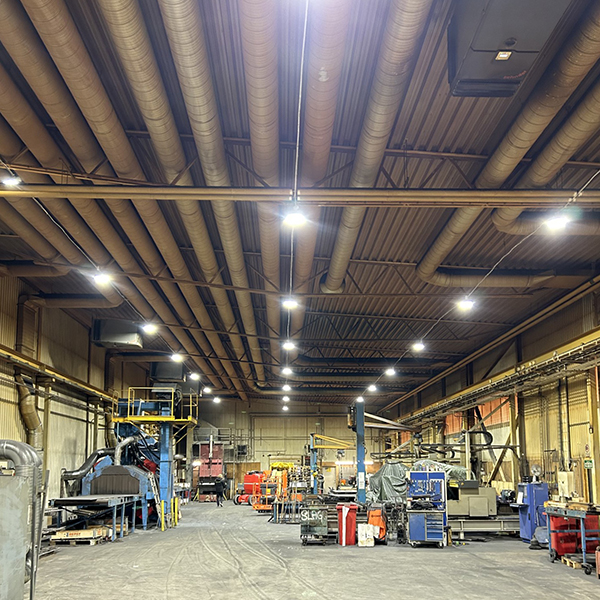How Industrial Lighting Impacts Workplace Safety
How Industrial Lighting Impacts Workplace Safety
Blog Article
In the current Industrial lighting (Industribelysning), performance, durability, and cost-effectiveness are important parts for success. Among the many technologies that are revolutionizing commercial procedures, LED (Light Emitting Diode) technology sticks out as a game changer in industrial lighting. In the last decade, LED illumination has become the chosen choice for firms seeking to boost energy efficiency, lower functional charges, and improve workplace safety. In this short article, we examine the important position that LED engineering plays in shaping the ongoing future of professional lighting.

Power Efficiency: Lowering Functional Fees
One of the very most substantial features of LED engineering in commercial lighting is their energy efficiency. Unlike standard lighting choices, such as for example incandescent or fluorescent lights, LEDs eat much less electricity while providing the exact same (or actually superior) degree of brightness. Reports reveal that LED lights may minimize energy use by around 75%, translating into considerable savings for professional facilities over time. These cost savings may be reinvested in different important aspects of the company, more improving working efficiency.
Endurance and Durability
LED light is noted for its long lifespan, with several LED bulbs lasting around 50,000 hours, in comparison to only 1,000 hours for incandescent bulbs. That endurance reduces the necessity for repeated alternatives, lowering preservation prices and downtime in commercial settings. More over, LED lights tend to be more sturdy, effective at resisting tough situations such as for instance serious conditions, vibrations, and shocks. This makes them suitable for demanding commercial environments like warehouses, factories, and production plants.
Increased Illumination and Presence
In commercial settings, correct illumination is crucial for staff security and productivity. LED lights offer remarkable illumination and better gentle distribution, ensuring that work places are lighted uniformly. This helps lower the chance of incidents, particularly in areas where precision and awareness of detail are required. The enhanced presence also contributes to improved worker performance, as tasks could be accomplished more accurately and with less mistakes.
Environmental Impact and Sustainability
As environmental issues continue to go up, corporations are increasingly looking at sustainable solutions. LED light is just a more eco-friendly alternative in comparison to conventional lighting technologies. LEDs do not include dangerous materials like mercury, which can be frequently found in fluorescent bulbs. Furthermore, they are 100% recyclable, reducing the quantity of waste generated by commercial facilities. By creating the change to LED engineering, businesses can minimize their carbon presence and subscribe to a greener future.

Conclusion
The use of LED technology in professional lighting presents a variety of advantages that enhance both the working effectiveness and sustainability of businesses. From their energy-saving functions to their durability and superior lighting quality, LED technology is transforming professional light and permitting companies to keep competitive in a ever-evolving market. As industries continue to prioritize power efficiency and cost-effective alternatives, LED technology can truly play an essential role in surrounding the future of industrial lighting. Report this page